Space
-
Willcox, Jah Join Air Force Scientific Advisory Board
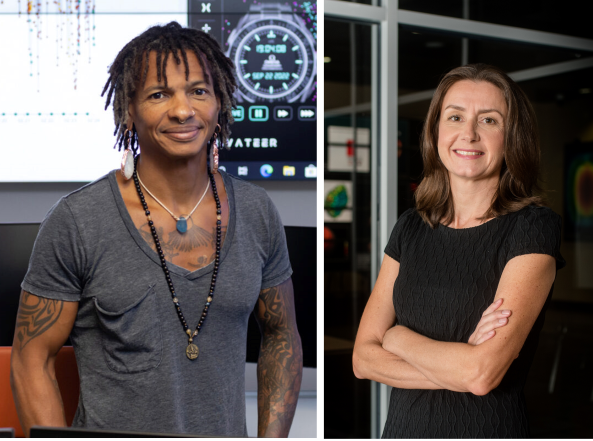
Texas Engineers Karen Willcox and Moriba Jah have been named to the U.S. Air Force Scientific Advisory Board, one of the most influential Federal Advisory Committees in science and technology.
-
New Launch Texas Program Unveiled at Space Tech Event

Earlier this month, the Cockrell School of Engineering, Department of Aerospace Engineering and Engineering Mechanics and the Texas Innovation Center officially kicked off our new space tech entrepreneurial program, Launch Texas. Hundreds of students, faculty, alumni and members of the space tech industry came together in Mulva Auditorium in the Engineering Education and Research Center for the Go For Launch event, which featured alumnus and CEO of Blue Origin Bob Smith, a panel of experts on the future of the space economy and presentations by student founders of space tech startups.
-
Space Environmentalist Awarded ‘Genius Grant’ by MacArthur Foundation
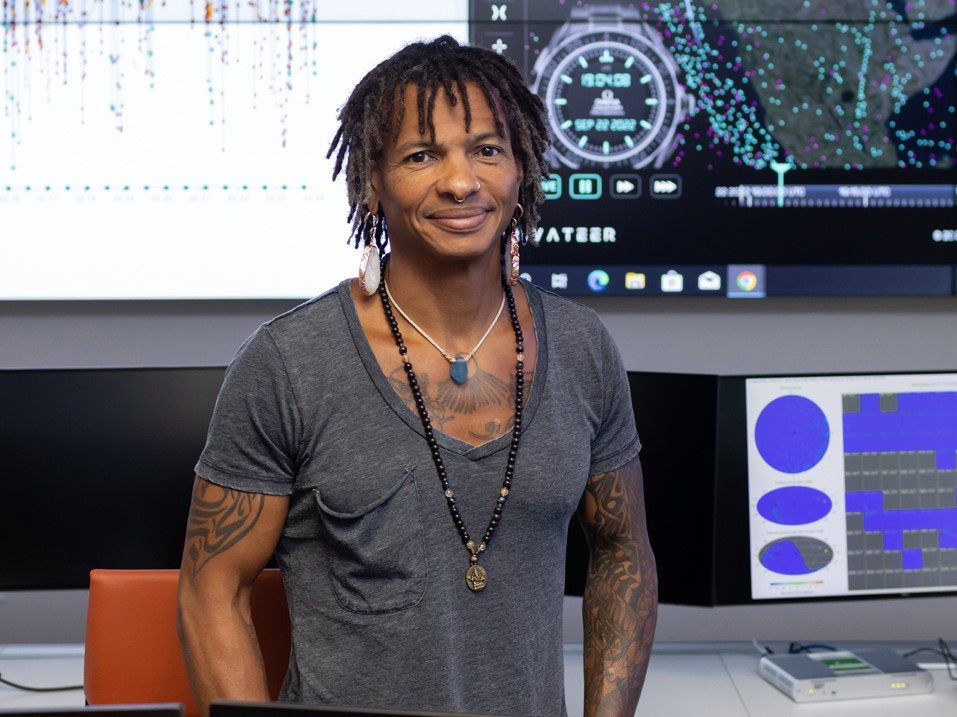
Moriba Jah, an astrodynamicist, space environmentalist and aerospace engineer at The University of Texas at Austin, has been awarded a MacArthur Fellowship, often referred to as the “genius grant.” The award recognizes Jah’s work to track and monitor the more than 30,000 human-made objects orbiting the earth.
-
Interdisciplinary Research Opportunity Leads to Former Student’s Role at NASA
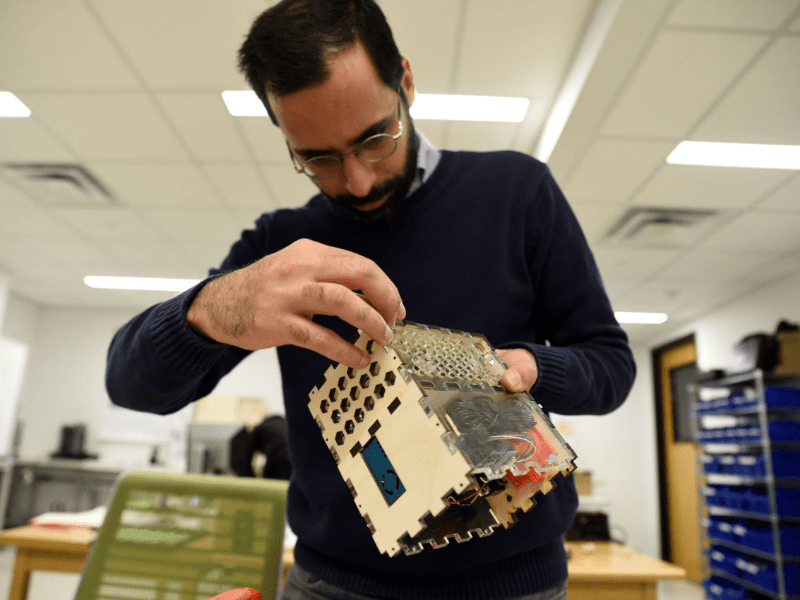
Meet Sepehr Bastami, an aerospace research engineer at NASA’s Langley Research Center in Hampton, Virginia. Bastami conducts cutting-edge aeronautics research, serving on two projects related to sustainable aviation and human contributions to safety in aviation.
-
Aerospace Engineer Joins Forces with Apple Co-Founder to Clean Up Space
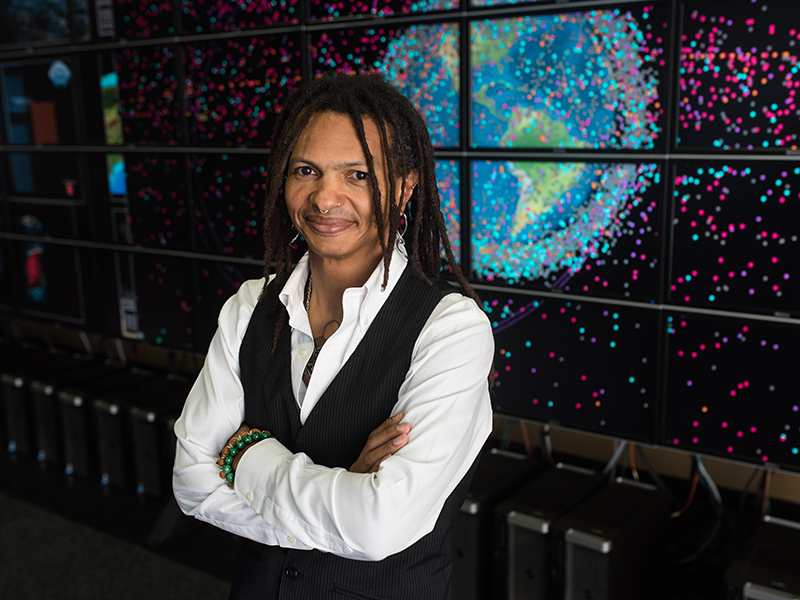
Moriba Jah is many things: astrodynamicist, “space environmentalist,” professor of aerospace engineering and engineering mechanics at The University of Texas at Austin, and core faculty member at the Oden Institute for Computational Engineering and Sciences. Now he adds another title: chief scientific advisor for Privateer, a company led by Apple co-founder, Steve Wozniak.
-
Texas Engineer Plays Crucial Role in NASA Satellite Mapping Mission
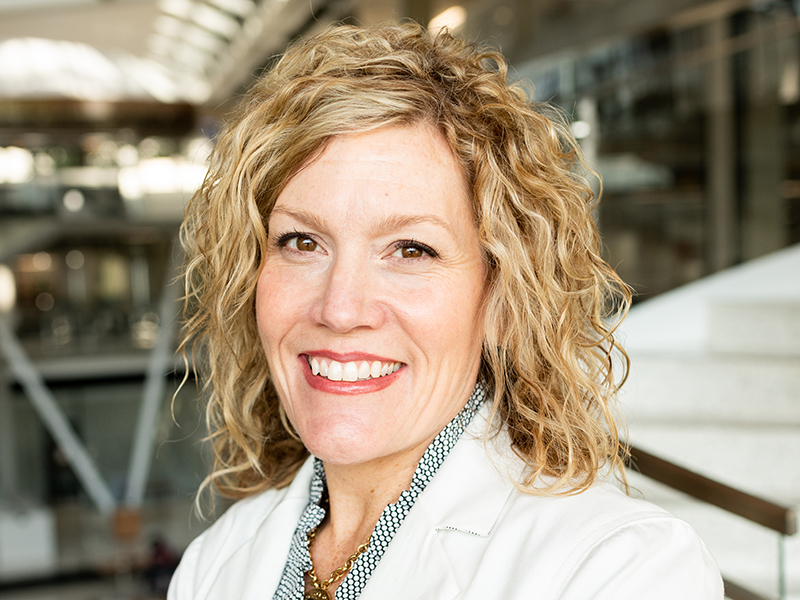
The second generation of NASA's Ice, Cloud and land Elevation Satellite (ICESat-2) is responsible for taking important measurements of our planet's key health indicators, including ice sheet mass balance, depth of bodies of water, cloud and aerosol heights, as well as land topography and vegetation characteristics. Today marks three years since ICESat-2 launched. It is the descendant of the original ICESat, and the satellite provides scientists with key information about how the planet is changing in response to a rapidly evolving climate. And leading scientific development of this important program is a fairly new Texas Engineering faculty member.
-
UT Austin and UTEP Aerospace Engineering Leaders to Work with U.S. Space Force
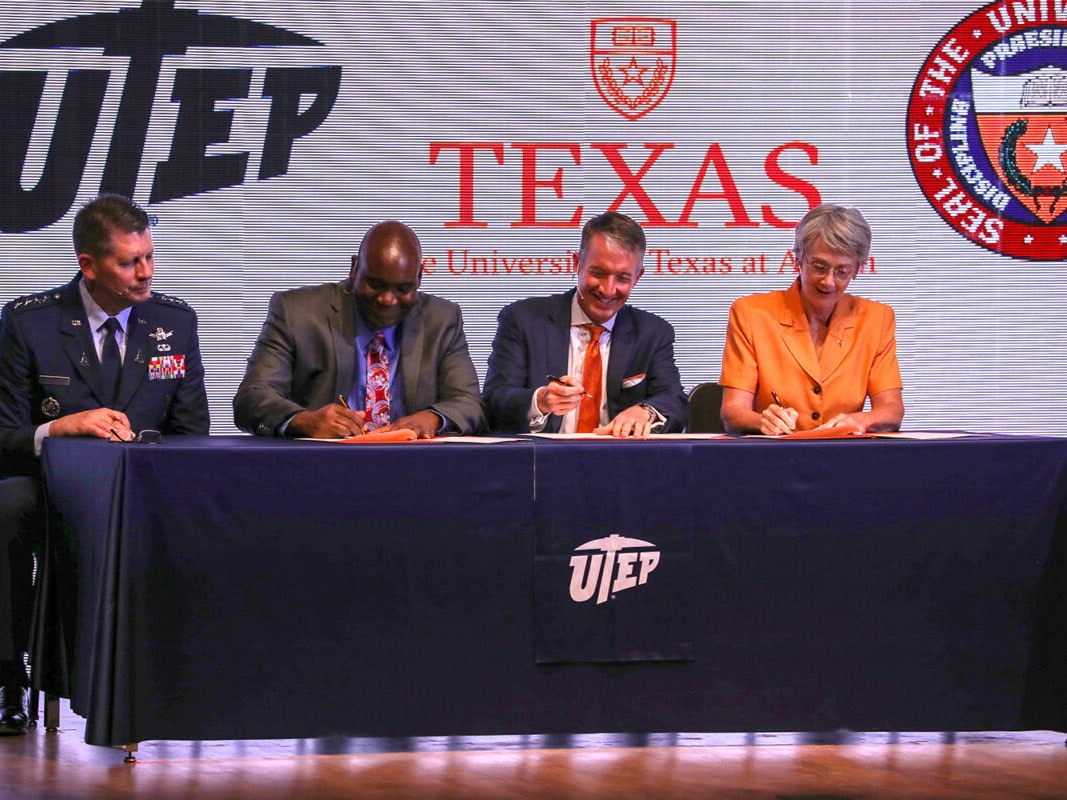
The University of Texas at El Paso and The University of Texas at Austin have signed agreements with the U.S. Space Force to provide advanced research and workforce development for the newest branch of the U.S. armed services. The University of Texas System signed an umbrella memorandum of understanding (MOU) with the Space Force as part of the comprehensive agreement.
-
Forget Mars; Venus is the Planet All the Kids Want to Study
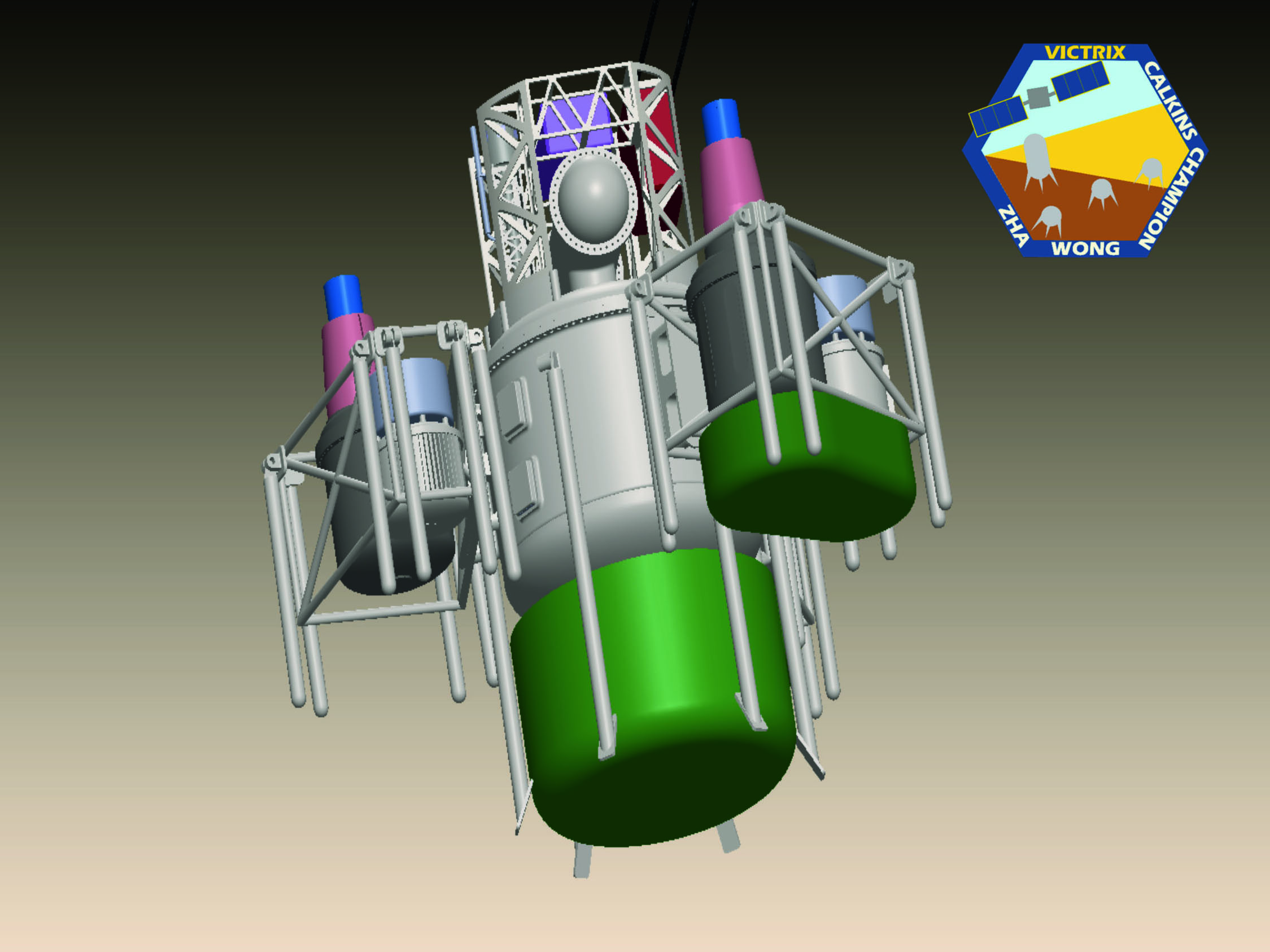
We’ve heard a lot about missions to Mars lately, but what about Venus? It’s been 40 years since a spacecraft has landed on Venus. NASA’s interest has spiked in Earth’s planetary neighbor, and aerospace leaders of tomorrow are already tackling the hurdles of landing on our so-called sister planet.
-
NI to Support Texas Rocket Engineering Laboratory in Development of Space-capable Rocket
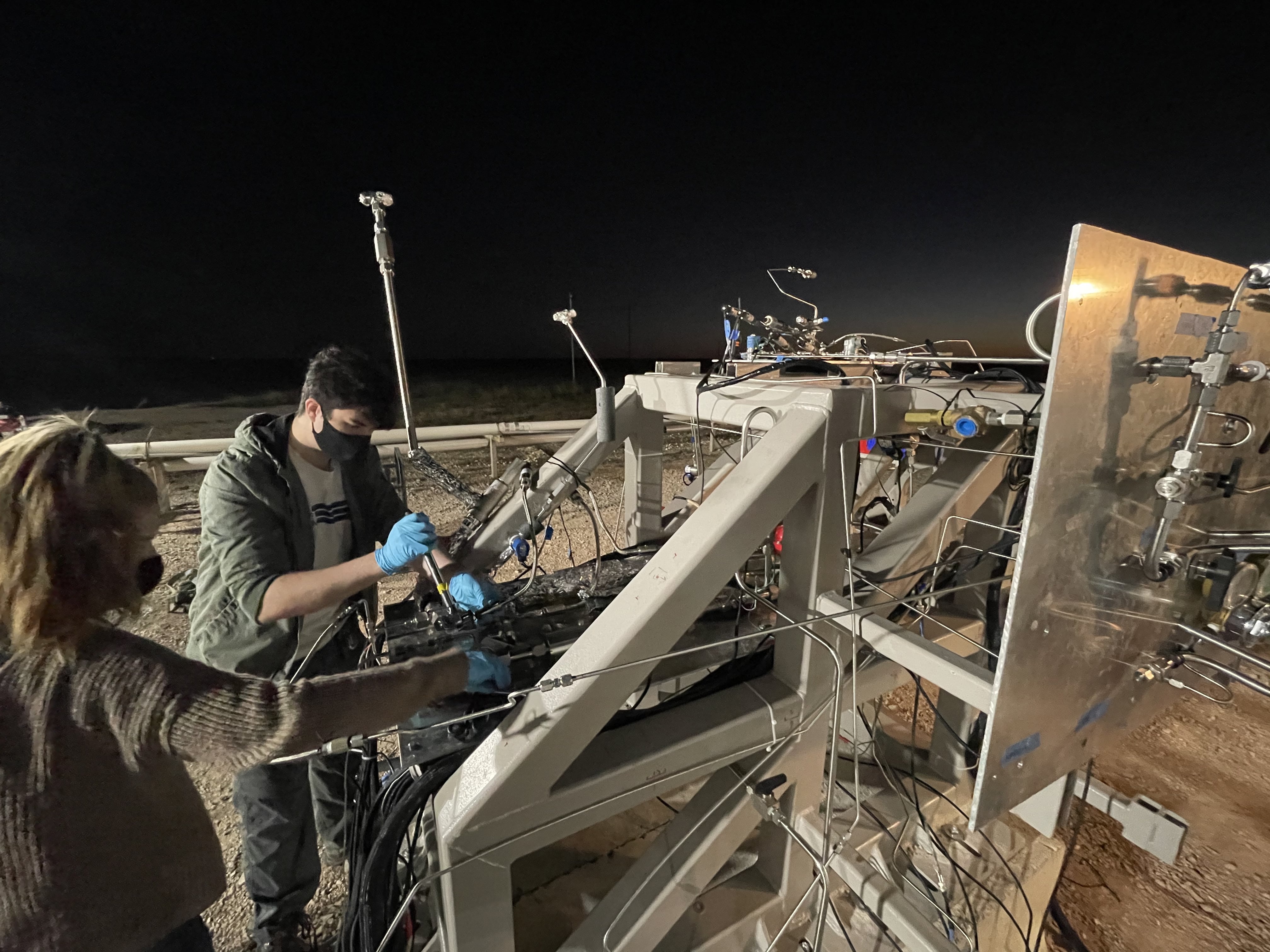
NI, formerly National Instruments Corporation, is supporting the Texas Rocket Engineering Lab (TREL) in the Cockrell School of Engineering at The University of Texas at Austin with equipment, software and guidance in TREL's mission to launch a 28-foot-liquid bipropellant rocket into space by the end of 2021. TREL is an interdisciplinary research lab in the Department of Aerospace Engineering and Engineering Mechanics that prepares students for a new era of human spaceflight through hands-on projects in rocketry and aerospace.
-
Unmanned Aerial Vehicles to Scale New Heights Thanks to NASA

NASA is funding a major project on the future of autonomous air cargo transportation, and The University of Texas at Austin will be playing a lead role. The COVID-19 vaccine rollout — the largest global logistics effort since World War II — has underscored the importance of increasing efficiencies in the global supply chain infrastructure. Autonomous aerial vehicles have the potential to revolutionize cargo transportation.
-
New NASA-UT Hypersonics Project Aims to Transform Sensing for High-Speed Vehicles
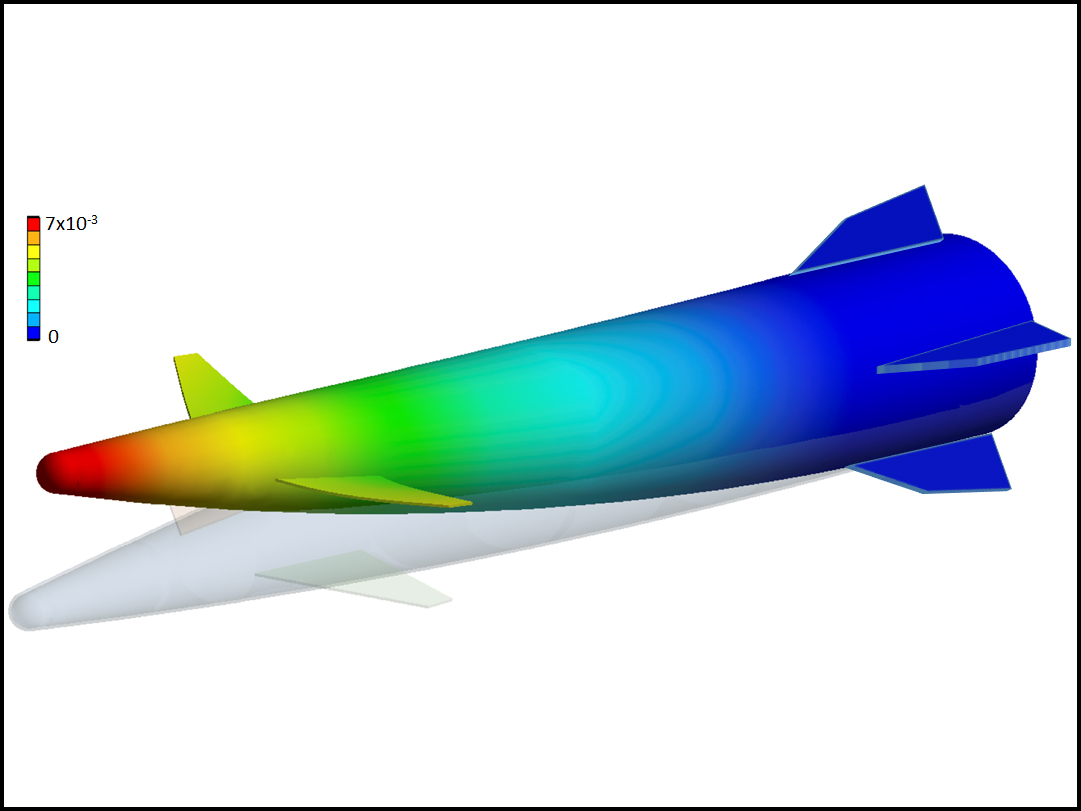
NASA and the Air Force Office of Scientific Research are backing a team of four universities, led by The University of Texas at Austin, in a project to redefine sensing and analysis of hypersonic vehicles, which can travel at least five times the speed of sound and potentially revolutionize space and air travel.
-
Researchers Partner With Portuguese Company on Nanosatellite Dedicated to Gravimetric Studies

Leveraging the expertise of the Cockrell School of Engineering’s Center for Space Research and Texas Spacecraft Laboratory, an international team of engineers and scientists are embarking on a three-year project to develop a new nanosatellite dedicated to gravimetric and thermospheric density studies.
-
This Student-Designed Rover Can Write Your Name on the Moon
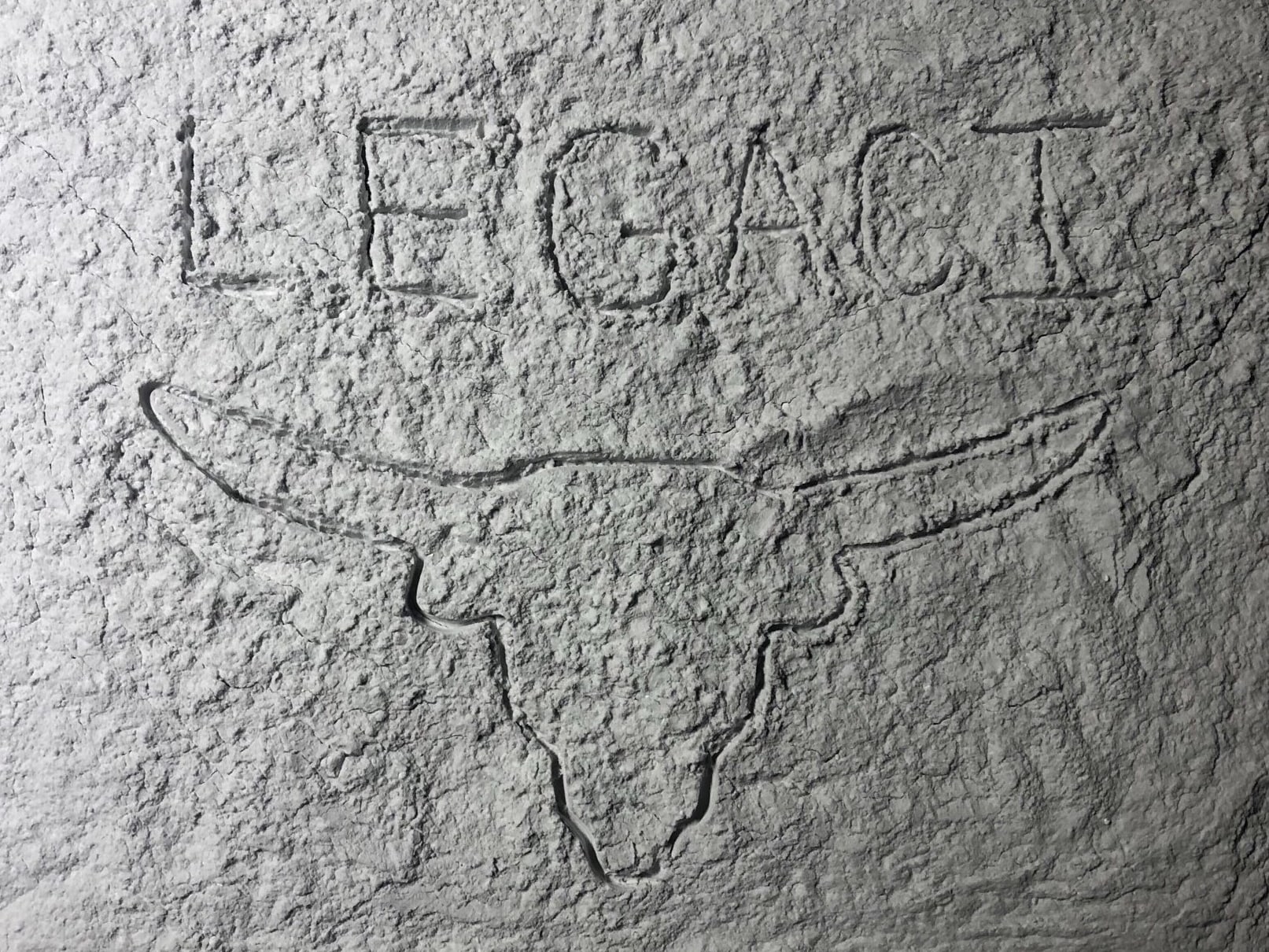
Most humans will never set foot on the moon, but a group of students from the Cockrell School of Engineering have an intriguing idea to let anyone make their mark there. The project, a rover that could write short messages on the surface of the moon, was recently recognized as part of a NASA design contest.
-
Advanced Moon Navigation Tech Picked for NASA’s Small Spacecraft Technology Program Initiative
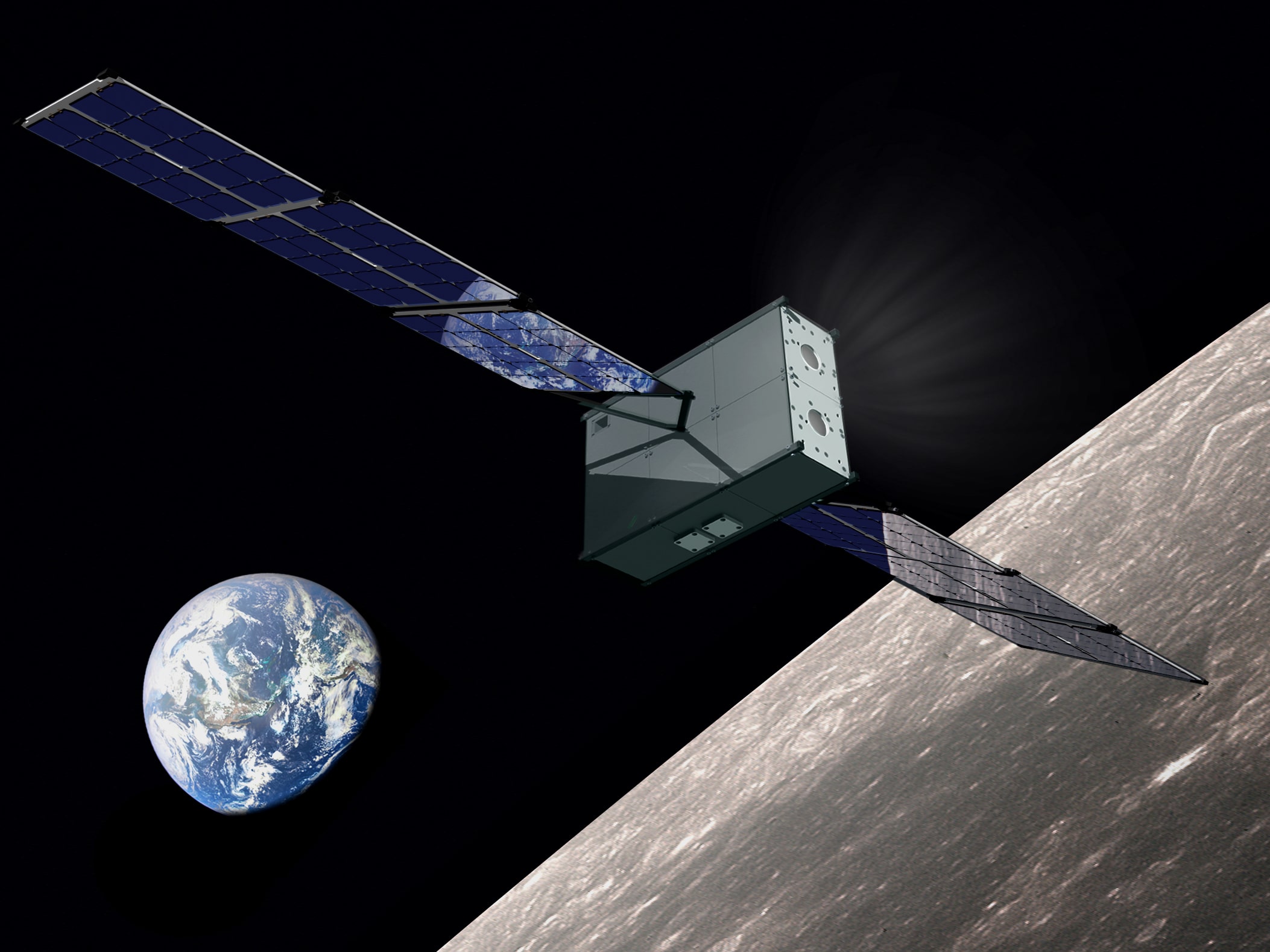
Under NASA’s Artemis program, the agency plans to send humans back to the moon by 2024 — and small spacecraft will help blaze the trail. A partnership between The University of Texas at Austin and NASA’s Johnson Space Center in Houston was one of nine university-led groups selected by NASA to advance these spacecraft, which can be as small as a shoebox or as large as a refrigerator.
-
‘You Can’t Be What You Can’t See’ — One Alumna’s Mission to Empower Women in Aerospace Engineering

When Cockrell School alumna Jill Meyers opens her laptop, an image of a Pilatus PC-12 in flight lights up the screen, serving as a daily reminder of the inspiration for her career in aerospace engineering.
-
GRACE and Other Satellite Missions Honored as Antarctic Glaciers Become Namesakes
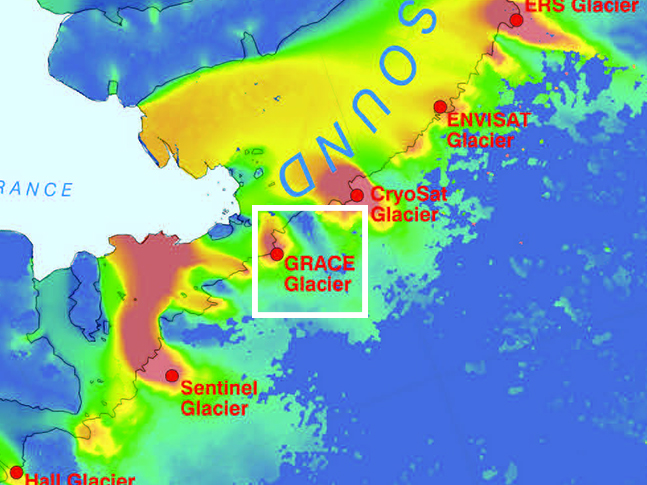
A remote glacier on the western side of the Antarctic Peninsula has been named after GRACE, the satellite mission developed by Cockrell School of Engineering researchers at The University of Texas at Austin almost two decades ago. This is in recognition of the contributions made from the data collected by the Earth observation twin satellite system — data that has helped engineers and scientists understand climate patterns in one of the most remote places on Earth.
-
Space Sustainability Rating Aims to Address Growing Amount of Space Debris Orbiting Earth

The World Economic Forum has announced the introduction of a Space Sustainability Rating (SSR) system to help tackle the problem of space traffic and congestion in the Earth’s orbit. The program will be led by a global team of experts in the field, including the Cockrell School of Engineering’s Moriba Jah, an associate professor in the Department of Aerospace Engineering and Engineering Mechanics.
-
GRACE Mission Data Contributes to Our Understanding of Climate Change

The University of Texas at Austin team that led a twin satellite system launched in 2002 to take detailed measurements of the Earth, called the Gravity Recovery and Climate Experiment (GRACE), reports in the most recent issue of the journal Nature Climate Change on the contributions that their nearly two decades of data have made to our understanding of global climate patterns.
-
UT Launches New Rocket Engineering Program Thanks to $1M Gift from Firefly Academy

The University of Texas at Austin and Firefly Academy, a nonprofit organization run by Austin-based firm Firefly Aerospace, have partnered to establish Firefly@UT — a $1 million, multi-year program that, for the first time, will offer UT students the opportunity to design, develop and assemble an industrial-scale rocket capable of launching to the edge of space.
-
Texas Engineers Use Plasma Torch to Test Spacecraft Heat Shields

As spacecraft re-enter the earth’s atmosphere, there is one major piece of equipment that protects astronauts from the onslaught of hot gases that surround the vehicle: its heat shield. When the spacecraft hurtles through the atmosphere, the heat shield is designed to ablate, or erode away, as outer layers of the shield material are turned into a gas that takes the heat with it and leaves the rest of the material behind.







